Both of Microsoft's new Surface devices are equipped with the Snapdragon X Plus chip, which helps to bring a compact, thin, light and affordable design, suitable for users' mobility needs.
Surface Pro 12- inch (2025)
The new 12-inch Surface Pro features a PixelSense LCD display with a resolution of 2,196 x 1,464 pixels for a 90Hz refresh rate and supports 10 finger input points. Equipped with a Snapdragon X Plus chip with an 8-core CPU and 45 TOPS NPU, the device is capable of handling AI (artificial intelligence) tasks right on it.
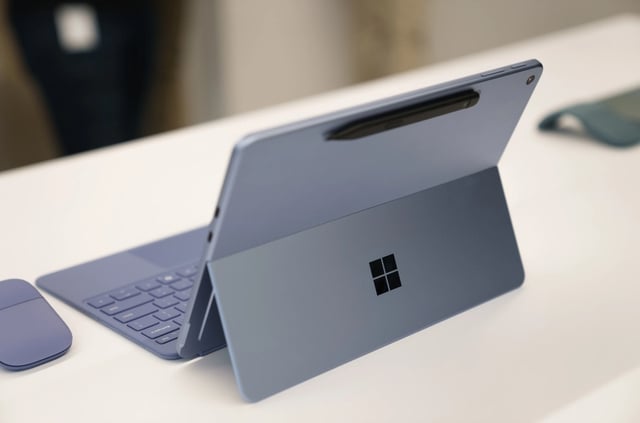
New 12-inch Surface Pro starts at just $799
PHOTO: THE VERGE
It comes with 16GB of LPDDR5X RAM and 256GB and 512GB storage options. The storage is also easily upgradeable, part of Microsoft's commitment to sustainability. While no specific battery capacity has been announced, Microsoft says the device can last up to 12 hours of web browsing and 16 hours of video playback.
The 256GB model starts at $799, while the 512GB model starts at $899. They will be available starting May 20. Users can also purchase accessories like the Flex Keyboard or the Surface Slim Pen 2, which can be charged by attaching to the back of the tablet.
Surface Laptop 13- inch (2025)
The new 13-inch Surface Laptop features a PixelSense HDR display with a resolution of 1,920 x 1,280 pixels with a refresh rate of 60 Hz and support for 10-point touch input. Similar to the 12-inch Surface Pro, the device is equipped with a Snapdragon X Plus chip with an 8-core CPU and a Hexagon 45 TOPS NPU, combined with 16 GB of LPDDR5X RAM and 256 GB or 512 GB of internal storage options.
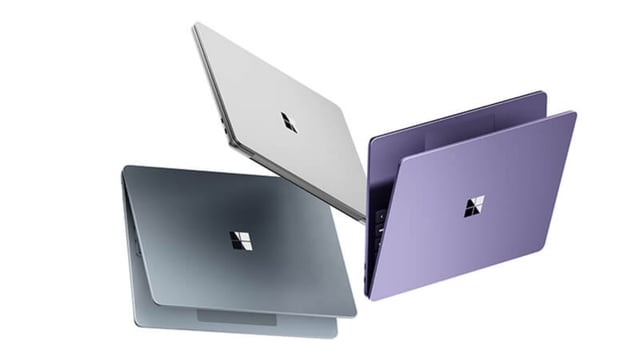
Surface Laptop 13 inch comes with keyboard and starts at $899
PHOTO: MICROSOFT
Microsoft says the Surface Laptop can deliver up to 16 hours of web browsing and 23 hours of video playback on a single charge, putting it among the best in its class. The base model with 256GB of storage costs $899, while the 512GB version costs $999. While the price is a bit higher than the Surface Pro, customers do get a built-in keyboard.
Both new Surface devices do away with Microsoft's proprietary Surface Connect magnetic charging port, which the company says is designed to make the thinnest and lightest Surface ever. Instead, they charge via a built-in USB-C port, but no charger is included in the box to comply with EU regulations aimed at reducing e-waste.
Source: https://thanhnien.vn/microsoft-ra-mat-may-tinh-surface-gia-re-tich-hop-ai-185250508131428004.htm


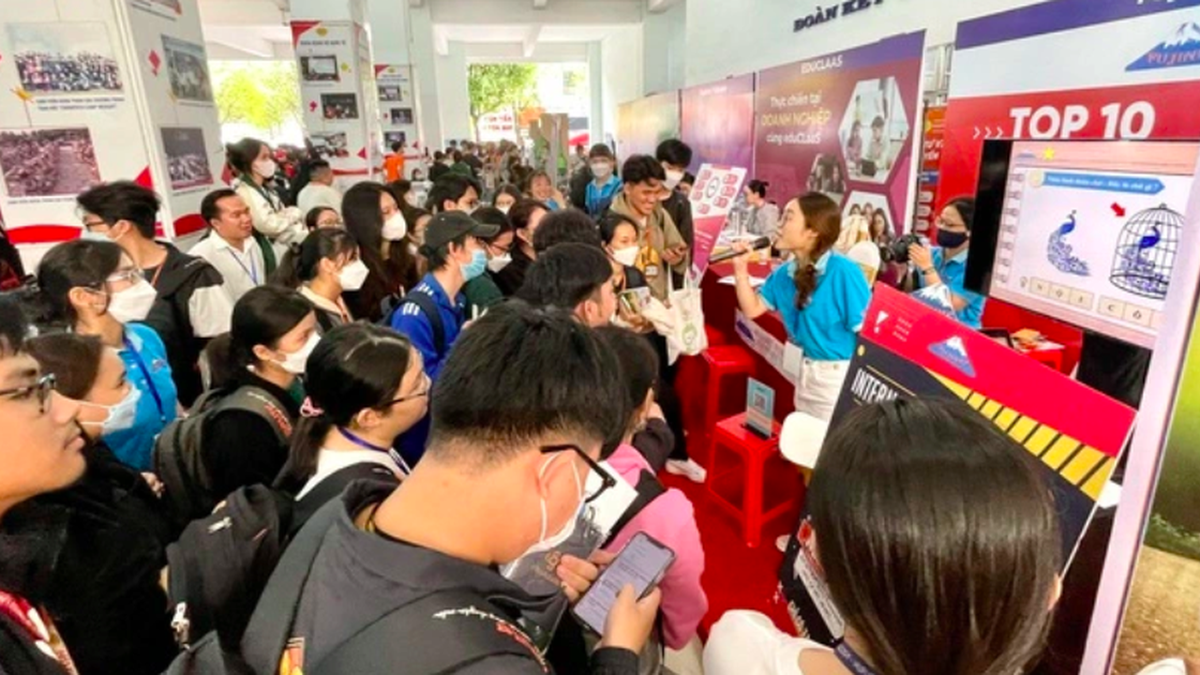
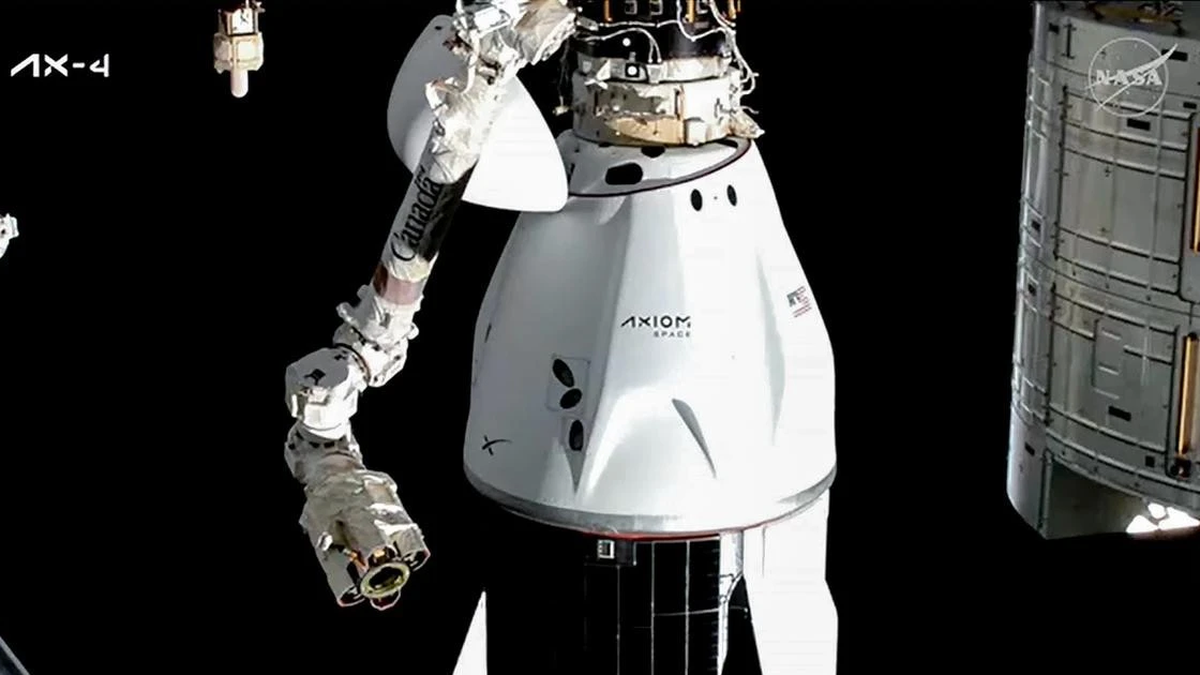
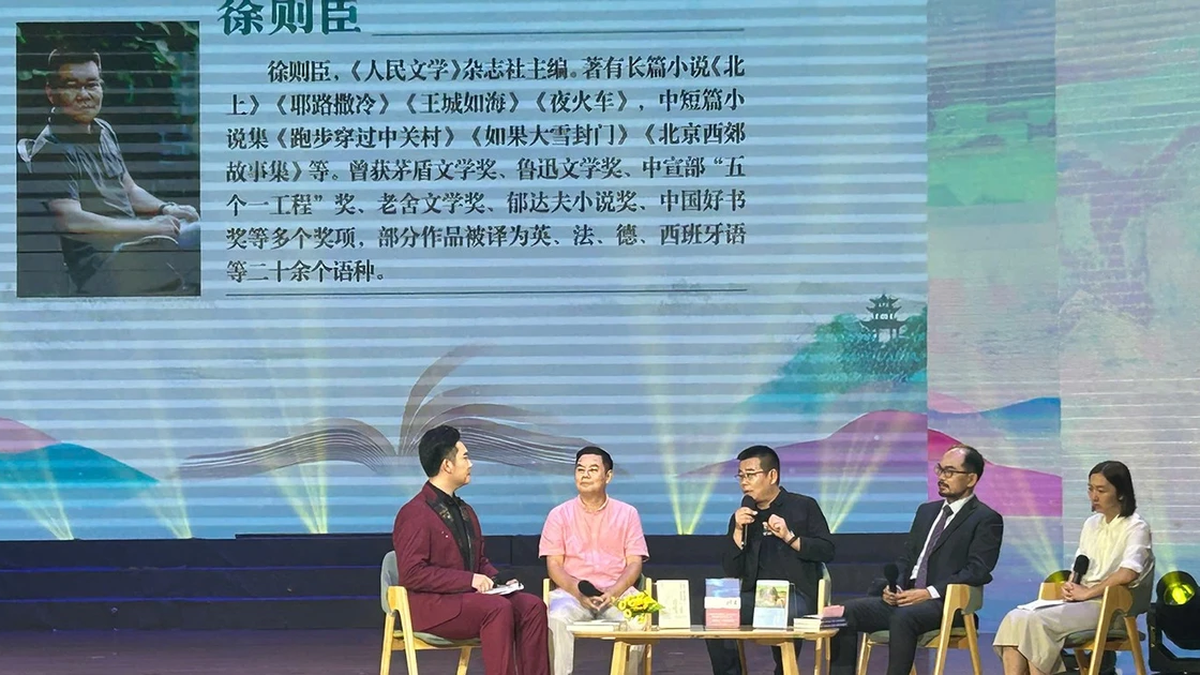

















































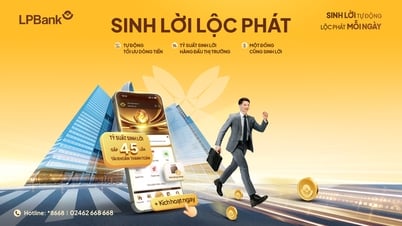

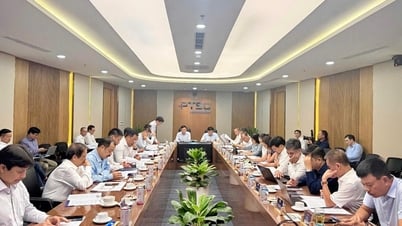














































Comment (0)